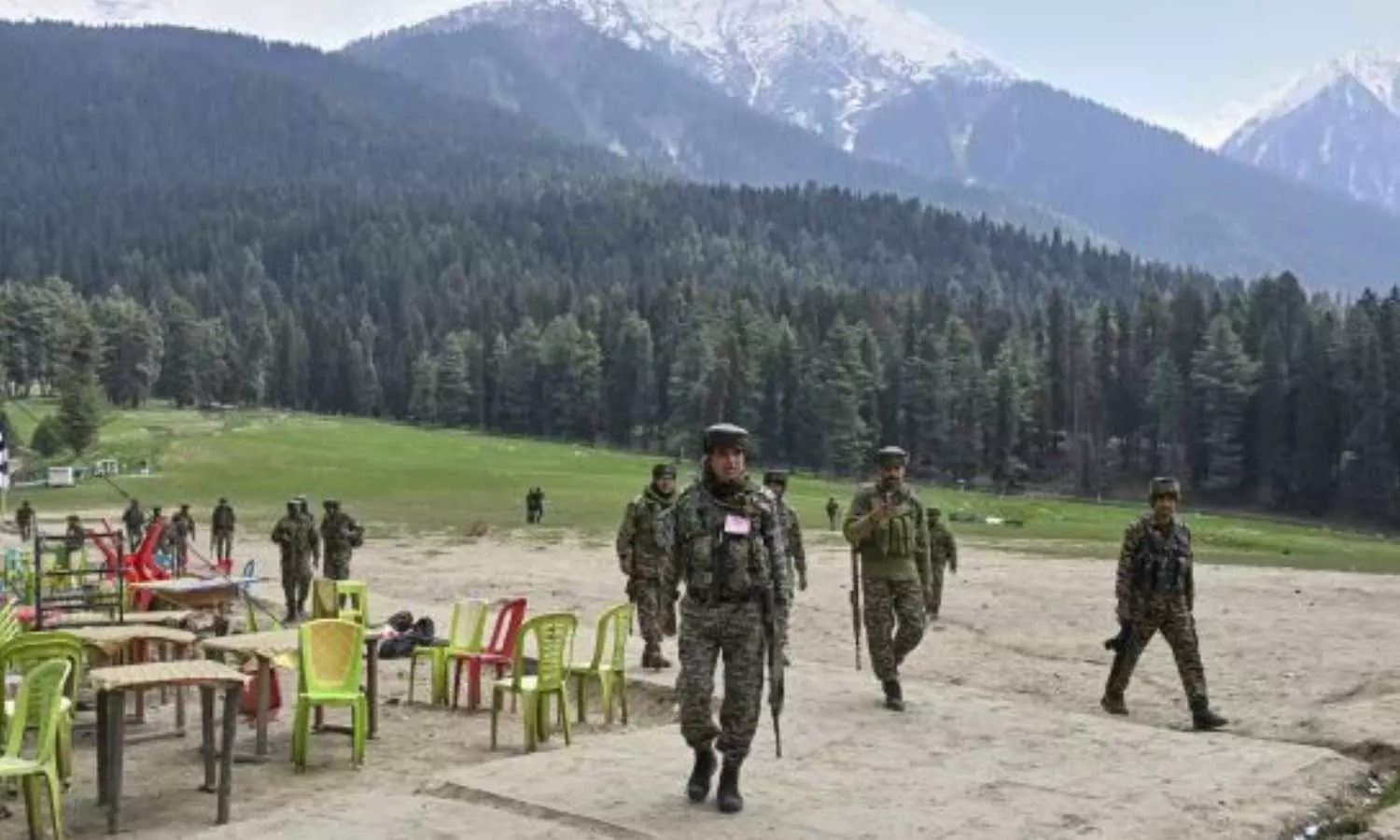How the Pahalgam Attack Could Shift India-Pakistan Water Dynamics
The Indus system is comprised of the principal waterway, Indus as well as five tributaries on the left banks, i.e Ravi, Beas, Sutlej, Jhelum, and Chenab.
How the Pahalgam Attack Could Shift India-Pakistan Water Dynamics

India has on the Wednesday ended it's Indus Water Accord with Pakistan the day after 26 people, including tourists, were killed during a Pahalgam terror attack at Jammu as well as Kashmir's Pahalgam.
But what are the consequences of this decision?
The Indus system consists of the principal Indus water treaty with five of its tributaries from the left i.e Ravi, Beas, Sutlej, Jhelum, and Chenab. Kabul is which is the right bank's tributary is not a part of India.
The Ravi the Beas as well as the Sutlej are all referred to as Eastern rivers, while the Chenab as well as The Jhelum along with the Indus are known as Western Rivers. The waterways are vital to both India as well as Pakistan.
Pradeep Kumar Saxena, who was the country's Indus water commissioner for more than six years, has told PTI," India, as an upper riparian country, has multiple options. This could be the first step towards the abrogation of the Treaty, if the Government so decides."
What are the steps India could do?
According to Saxena India has "no obligation" to follow the rules governing"reservoir flushing," or "reservoir flushing" of the Kishanganga reservoir as well as other projects that are based on Western river systems in Jammu as well as Kashmir.
"The Indus Water Treaty currently bans it. Flushing could aid in helping India de-silt its reservoir, but filling the whole reservoir can take days. In the terms of the treaty, filling up of reservoirs after flushing is required to be completed in Augustthe peak monsoon time -but with the treaty in place, it could be done at any time," he told PTI.
India Pak boundaries are drawn across Indus basin
The travels by India's Pakistan part to India as required in the treaty, can now be halted. In the time of Independence the line of demarcation between the two newly-created independent nationsthe two countries of Pakistan and India was drawn across Indus Basin which left Pakistan to be the riparian lower, and India to be the riparian on top.

